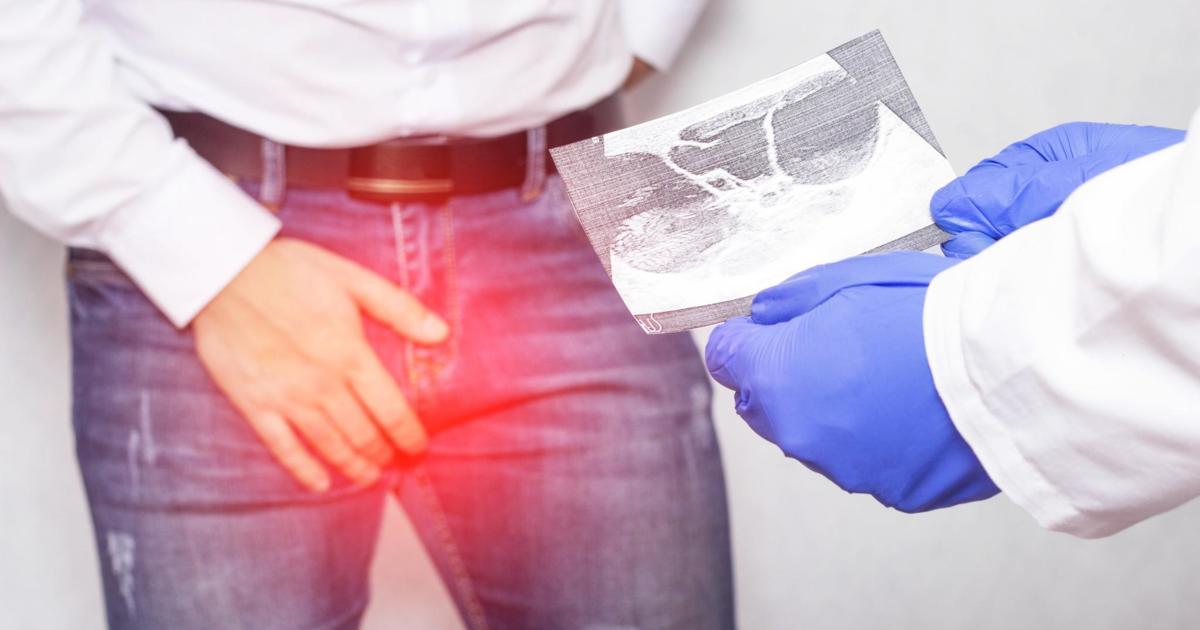
Andrew J Kalnin MD
Interventional Radiologist | Vascular & Interventional Radiology
700 Ackerman Rd Suite 220 Columbus OH, 43202About
Dr. Andrew Kalnin is an interventional radiologist practicing in Columbus, OH. Dr. Kalnin specializes in minimally invasive, targeted treatments. Interventional radiologists use X-Rays, MRIs and other advanced imaging to put catheters in the body in order to treat the source of the disease internally. Many conditions that once required surgery can now have less risk, less pain and fewer invasions when treated by an interventional radiologist.
Education and Training
New York Univ Sch of Med, New York Ny 1986
Board Certification
RadiologyAmerican Board of RadiologyABR- Neuroradiology
Provider Details
Expert Publications
Data provided by the National Library of Medicine- Decreased BOLD functional MR activation of the motor and sensory cortices adjacent to a glioblastoma multiforme: implications for image-guided neurosurgery.
- Correlation between the degree of contrast enhancement and the volume of peritumoral edema in meningiomas and malignant gliomas.
- The effect of brain tumors on BOLD functional MR imaging activation in the adjacent motor cortex: implications for image-guided neurosurgery.
- Identification of the corticospinal tracts achieved using blood-oxygen-level-dependent and diffusion functional MR imaging in patients with brain tumors.
- BOLD fMRI activation induced by vagus nerve stimulation in seizure patients.
- An investigation of working memory rehearsal in multiple sclerosis using fMRI.
- fMRI study of acupuncture-induced periaqueductal gray activity in humans.
- Optic chiasmal compression by venous aneurysm: magnetic resonance imaging diagnosis.
- The perihippocampal fissures: normal anatomy and disease states.
- Focal dilation and paradoxical collapse of cortical fissures and sulci in patients with normal-pressure hydrocephalus.
Treatments
- Mri (magnetic Resonance Imaging), Brain Imaging (neuroimaging)
Fellowships
- Neuro-Radiology: New York University Medical Center 1991
Andrew J Kalnin MD's Practice location
Practice At 700 Ackerman Rd Suite 220
700 Ackerman Rd Suite 220 -Columbus, OH 43202Get Direction
Andrew J Kalnin MD's reviews
Write ReviewRecommended Articles
- Can Autism Run in the Family?
The answer to the simple question of whether autism runs in the family is not clear. The fact of the matter is that autism most commonly runs in the family and is considered as the most heritable condition among other neuropsychiatric conditions. On the other hand, ASD mainly occurs through de novo...
- Testicular Cyst
What is a testicular lump?A testicular lump is an abnormal mass in the testicles. Testicles are present in the scrotum and they are an egg shaped organ. The production of sperm and testosterone is the main function of the testicle. Either in one or in both of the testicles the lump may be there and...
- Health Benefits of Kefir
Introduction of KefirKefir is denoted as the antidote used since ages for all the modern illnesses. Kefir is a creamy cultured dairy product which has some really amazing benefits for the overall health of the body such as healing a leaky gut.Kefir has a refreshing, slightly sour flavour quite...
- Time Management Tips for Nurses
Being a nurse is a fulfilling yet hectic job. Since workload and breaks are unpredictable, there can be days that it gets overwhelmingly stressful. When not knowing how to manage one’s time effectively, nurses may easily lose their eagerness which is greatly needed in this field. They may also...
- Reducing the Intensity of Pain with Mindful Mediation
A new brain imaging study has shown that meditation, even a brief instruction, helps to reduce the intensity of pain. Most of the participants of the study reported to have a reduction in pain after four 20-minute sessions of mindfulness meditation instructions....
- What are the Types of Anemia and What Increases Risk?
Blood is the lifeline of the body. It performs various functions, from defending against infections and viruses to transporting nutrients and oxygen to all parts of the body. The blood is made up of various components, i.e., red blood cells, white blood cells, plasma, and platelets. Each of these...
Nearest Hospitals
RIVERSIDE METHODIST HOSPITALl
3535 OLENTANGY RIVER RD COLUMBUS OH 43214MOUNT CARMEL WESTl
793 WEST STATE STREET COLUMBUS OH 43222OHIO STATE UNIVERSITY HOSPITALSl
410 WEST 10TH AVENUE COLUMBUS OH 43210




